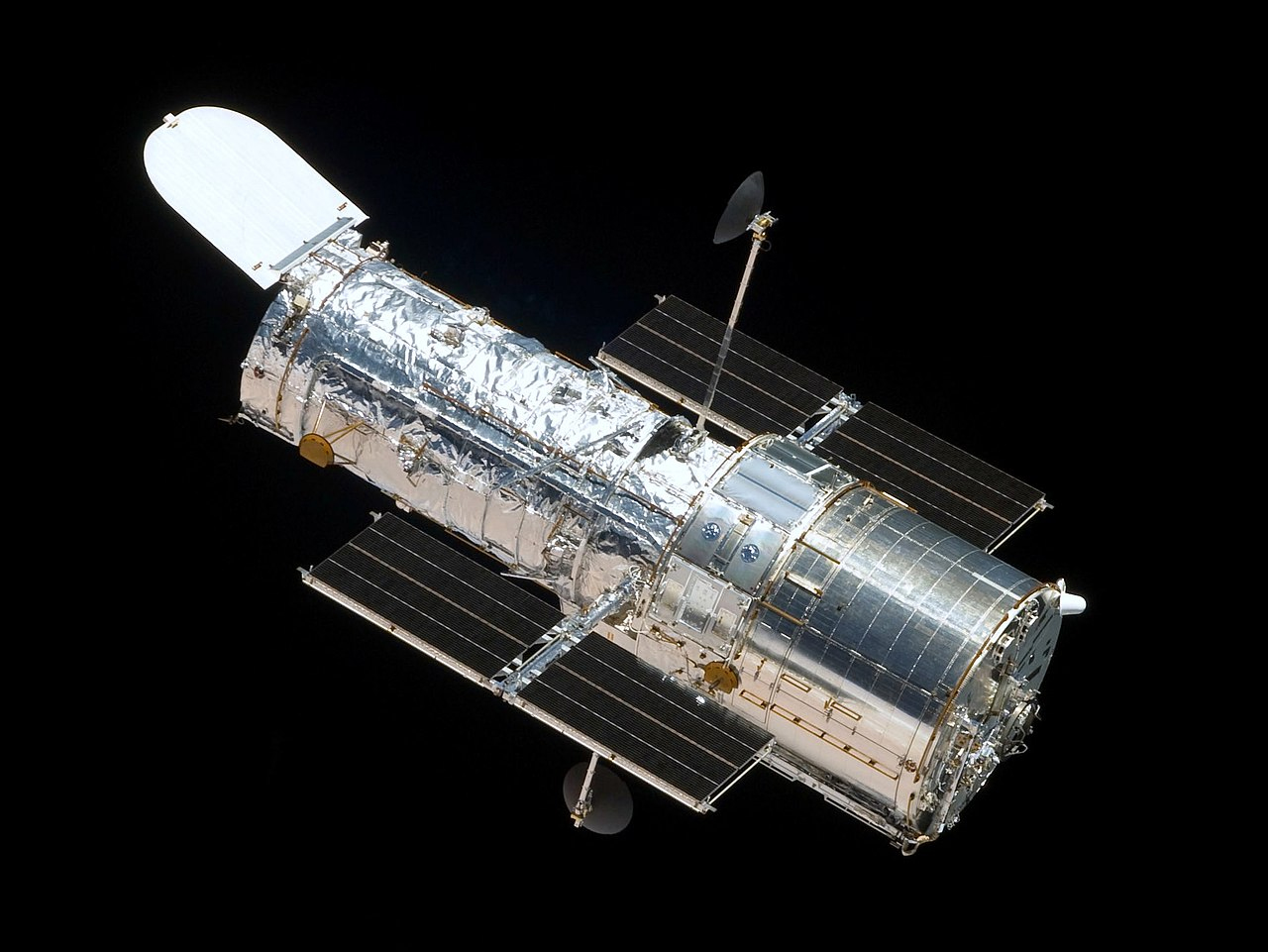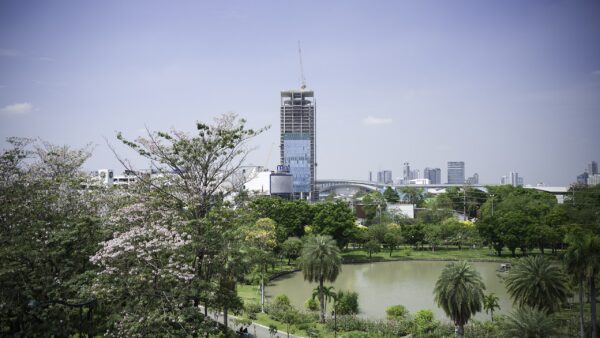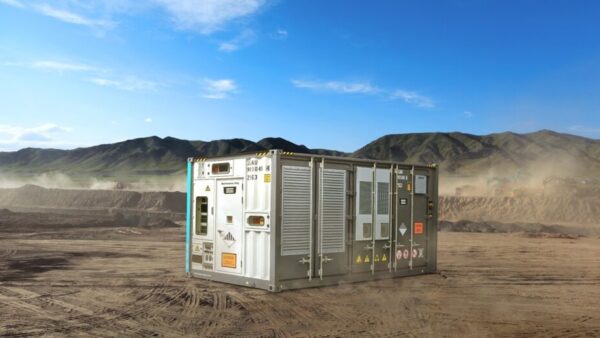
The National Natural Science Foundation of China (NSFC) is to fund a study into the possibility of building spacecraft with dimensions measured in kilometres.
The project is listed in the foundation’s five-year plan for scientific research, which discusses the “urgent need” to develop technologies that could be use to build megastructures in space.
Space engineering could be used to build the kind of crewed spacecraft depicted in science fiction, but also orbital telescopes and space-based power plants – an idea that Japan’s Shimizu Corporation proposed some eight years ago (see further reading).
The plan describes massive inhabited spacecraft as “major strategic aerospace equipment for the future use of space resources, exploration of the mysteries of the universe, and long-term habitation in orbit”, South China Morning Post reports.
One use for an ultra-large spaceship would be an expedition to Mars. In June, the China Academy of Launch Vehicle Technology unveiled a somewhat speculative roadmap to a sustained presence on Mars.
Space-based solar power stations would be placed in geostationary orbit and would turn light energy into microwaves, which would then be beamed down to collecting stations on Earth.
One essential technology would be reducing the weight of materials in order to minimise the number of rocket lifts that would be required to transport structures into space.
The extraordinary cost of building in space is shown by the International Space Station, which is thought to have cost about €100bn over 10 years. The kinds of structure envisaged by the Chinese foundation would be an order of magnitude larger than that.
Other elements of the plan include modelling orbit dynamics and simulation tests of assembly techniques and control systems.
The research is just a first step on a massive research programme that is likely to last decades. However, it will build on work already undertaken by the Chinese Academy of Sciences into an orbiting telescope, called the “Ultra-Large Aperture In-Orbit Assembly Project”.
This is aimed at the automated assembly of a 10m telescope, and is being carried out with the Changchun Institute of Optics and the University of Surrey in the UK. This would be significantly larger than the 2.4m Hubble orbiting telescope.
The solar power option will be based on work undertaken by the China Academy of Space Technology (CAST), which is building test facilities in Chongqing. The aim here is to put a megawatt-lever system in orbit by 2030.
According to the Space News website, CAST is hoping to set up a gigawatt-level power solar relay by 2050. This would require more than 100 super heavy launches and around 10,000 tons of infrastructure, assembled in orbit.
Image: The proposed telescope would have a mirror with a diameter three times that of the Hubble Telescope, seen here (Ruffnax/Public Domain)
Further reading:










